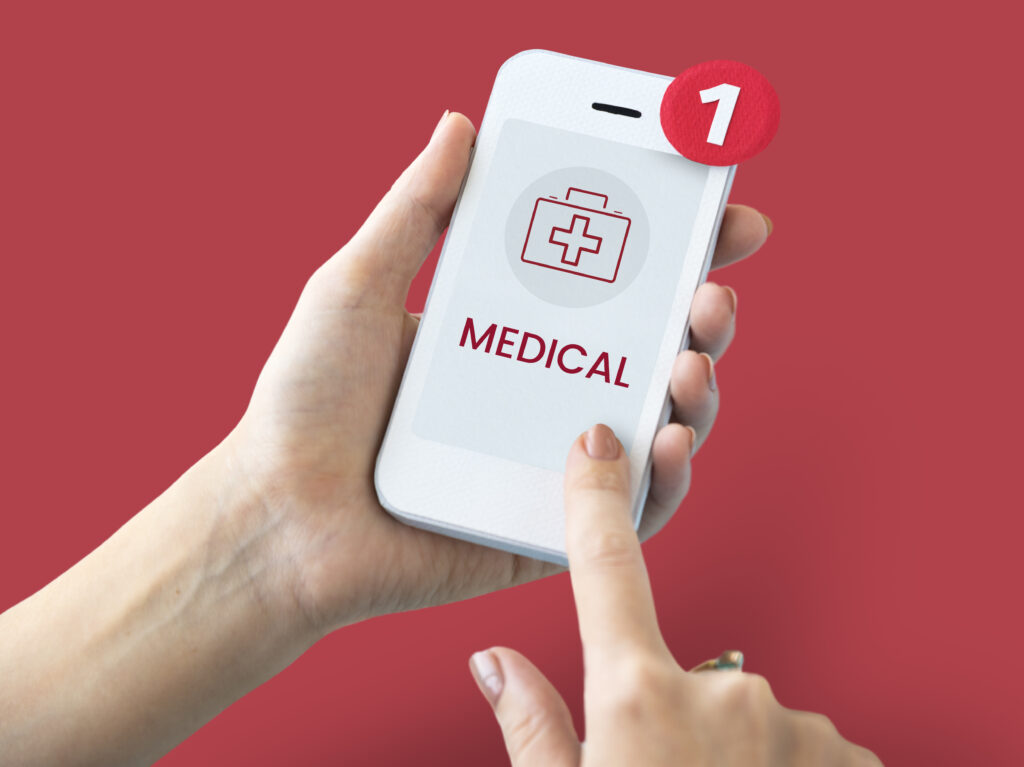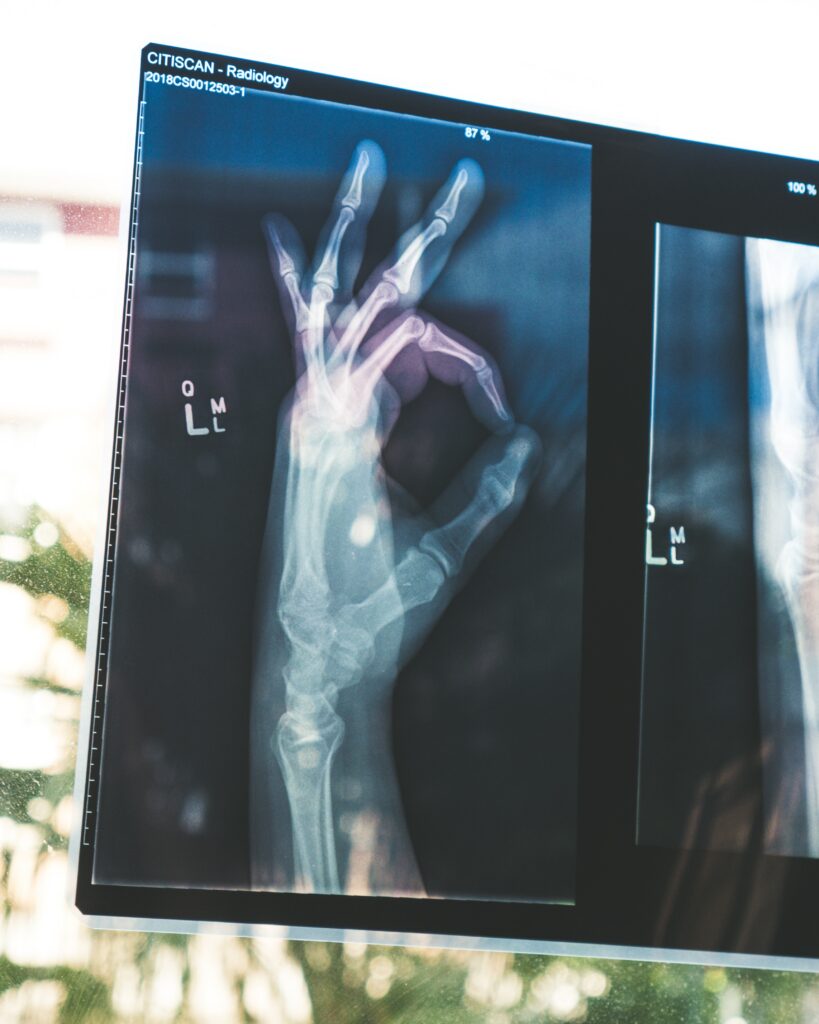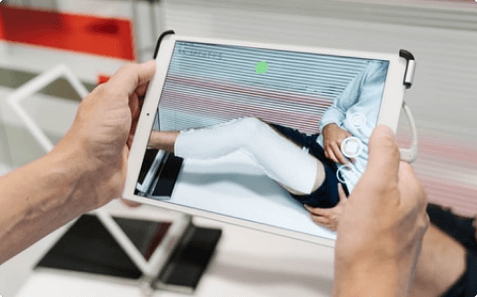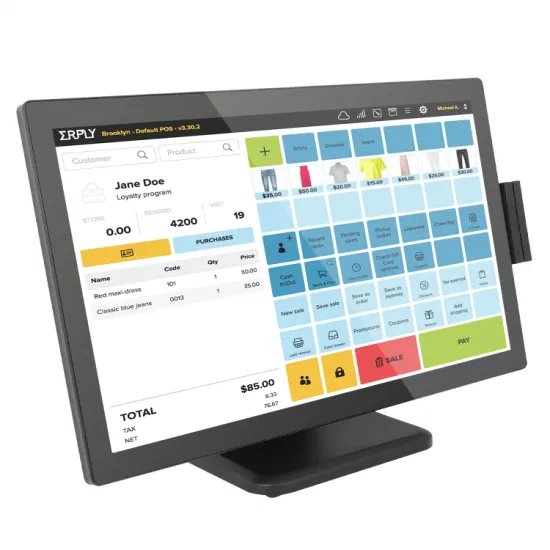In the highly regulated and constantly evolving landscape of healthcare technology, the growth of custom Android medical devices stands as a testament to the platform’s reliability and capabilities. At the heart of this evolution lies a fundamental principle—user-centric design, both of hardware and software. This article delves into the significance of user-centered design principles in shaping the development of custom Android medical devices, emphasizing the transformative impact on usability and patient satisfaction.
Understanding User-Centric Design in Healthcare Technology
User-centric design places the end-user, in this case, healthcare professionals and patients, at the core of the design process. It involves creating products and systems that are intuitive, accessible, and tailored to meet the specific needs and preferences of the users. In the realm of custom Android medical devices, applying these principles is more than a design philosophy—it is a commitment to improving the overall healthcare experience.
The Human Element in Healthcare Technology

In the context of custom Android medical devices, the term “user” extends beyond the healthcare professionals implementing the technology. Patients, often navigating complex health conditions, become integral users of these devices. Therefore, a user-centric approach makes general adoption easier, acknowledging the diversity in users and their varying degree of technical sophistication.
Enhanced Usability for Healthcare Professionals
Custom Android medical devices, ranging from diagnostic tools to monitoring devices, are becoming commonplace in modern medicine. For healthcare professionals, ease of use and compatibility into existing workflows reduce the friction of integration. User-centric design accelerates the learning process for medical practitioners.
Example Scenario: Consider a custom Android medical device used by remote patients for monitoring cholesterol. A user-centric design creates an easy process for the patient to have their blood sample analyzed by the hardware. This would be accomplished by using a unique custom hardware design and special on-screen information to guide the patient.
Empowering Patients through Intuitive Interfaces
In the era of patient-centered care, custom Android medical devices empower individuals to actively manage their health. Whether it’s a mobile app for medication reminders or a wearable device for continuous monitoring, user-centric design ensures that patients, regardless of their technological proficiency, can engage with these devices effectively.
The Impact on Patient Satisfaction and Adherence

User satisfaction is a critical metric in healthcare, influencing patient engagement and adherence to treatment plans. Custom Android medical devices, guided by user-centric design principles, contribute to positive patient experiences. When patients find devices easy to use and seamlessly integrated into their daily lives, they are more likely to comply with prescribed treatments and actively participate in their healthcare journey.
Example Scenario: Consider a scenario where a patient uses a custom Android medical device for at-home physical therapy. A user-centric design would ensure that the device has loud speakers, multiple mounting options, and a large screen. The app must provide clear instructions, progress tracking, and fun elements to make the rehabilitation process engaging. This improves the patient’s perception of the overall healthcare experience and provides a positive experience.
Challenges and Considerations in User-Centric Design for Healthcare
While the benefits of user-centric design are evident, its implementation in custom Android medical devices comes with challenges. Striking a balance between user preferences and regulatory requirements, development costs, and ensuring accessibility for users with diverse needs, are among the considerations that designers and engineers must navigate.
Looking Ahead: Innovations in User-Centric Design for Custom Android Medical Devices

As technology continues to advance, so does the potential for innovative medical applications using custom Android medical devices. Integrating user-centric features such as voice commands, artificial intelligence-driven personalization, and predictive analytics are avenues that can further enhance usability and patient satisfaction.
Conclusion: A Human-Centered Approach to Healthcare Technology
User-centric design is a guiding principle that guides custom Android medical devices into the future of healthcare technology. By prioritizing the needs and experiences of both healthcare professionals and patients, these devices become more than tools—they become facilitators of improved health outcomes and elevated patient satisfaction. As human-centric design continues to evolve, custom Android medical devices hold the promise of creating a more engaging, accessible, and efficient healthcare landscape.


